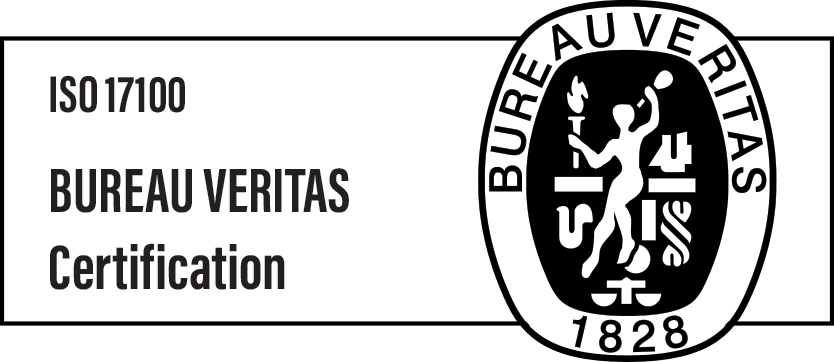Translation Quality Metrics


In our previous blog post we wrote about the international quality standards for translation. Today we want to continue the topic and talk about norms and metrics. Let’s find out about LISA!
LISA (Localization Industry Standards Association) Quality Assessment Model was created to enable to structure the feedback of reviewers regarding the quality of translations.
Its first version was created in 1995. Then, it was developed to version 2.0 in 1999 and 3.0 in 2004.
The Localization Industry Standards Association (LISA) is an international organization that plays a pivotal role in setting and maintaining the Localization Industry Standards. Comprising industry professionals representing corporations and language technology developers, LISA collaborates with an industry specification group to establish comprehensive guidelines. These standards ensure that the localization industry maintains an international business focus, delivering accurate and culturally adapted translations. By employing these quality metrics, the industry strives to meet the highest linguistic excellence standards, fulfilling the needs of global clients.
According to LISA, there are three types of errors: major, minor and critical. There are 7 categories in which they can be detected: mistranslation, accuracy, terminology, language, style, country and consistency. The quantity of particular errors is written next to each category and multiplied by a certain number of points:
Minor mistakes – 1 point
Major mistakes – 5 points
Critical mistakes – 10 points
If the overall score is lower than a predefined minimum, or if there is at least one critical mistake, a translation fails LISA check.
LISA is a very good tool for discovering the areas that need to be improved. One of its main advantages is the possibility of customization in order to adjust to the client’s particular needs. Moreover, a client and a translator can reach an agreement related to the interpretation of error type and their severity. After discussing the conditions of cooperation, extra measures can be added to the template. This makes LISA a good solution for highly regulated content.
However, there are also some limitations in this method. LISA does not define what a translation error or a style error is. Furthermore, some error categories that are used in this method overlap. Nonetheless, this method is still very popular and widely used in the translation industry.
Are you interested in professional translations into polish? Contact us to find our more details about our services.

